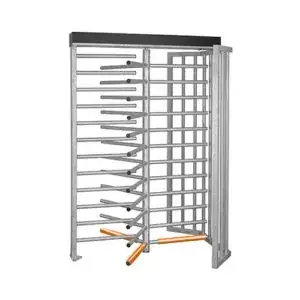(Just a passer-by opinion)
Obviously, a physical gate would work the best.
In case you don't want to install these, you may try to request all employees to challenge tailgaters, as schroeder suggests. However, I want to underline one distinction that I find important.
One my employer had the policy "do not allow strangers in, but allow people that you know, even if they do not scan their bage etc.". I have always found this to be somewhat embarassing. I have a bad memory on faces, so I can easily not recognise one of my peers, and if I ask them who they are, this will be an embarassing situation. I believe this is the main reason why such policies do not work good.
At the same time, another my employer had a different policy: "everybody must scan their badge, even if they come in as a group". And it was followed; even if we a group of peers were going to a canteen together, everybody in the group would scan their badge at a controlled door. This makes much easier for employees to control tailgating. In normal situation everybody will scan their badge with a distinct beep. If someone follows me and I do not hear a beep, then I am absolutely not that embarrassed to challenge them. Just because in case he is in fact my peer, he has already done something (a bit) wrong, and thus it's ok for me to challenge him.
